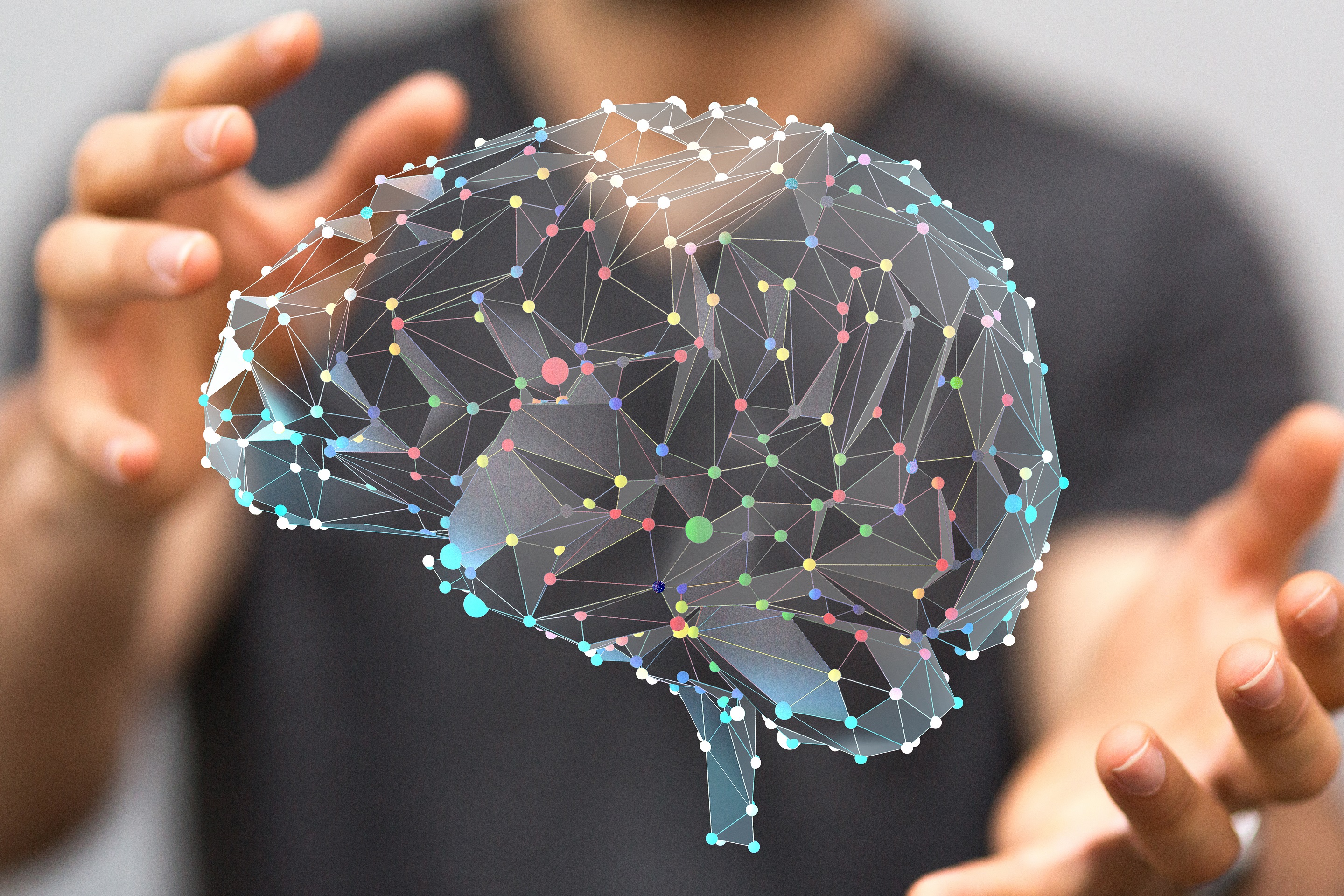General signs and symptoms
This category includes the main signs and symptoms of schizophrenia. These include positive, negative, and disorganised symptoms, as well as other symptoms that are sometimes apparent, like dissociation and sleep disturbances. Click on the tabs below to access all the information, or browse via the drop-down menu on the left.
Image: ©vegefox.com – stock.adobe.com
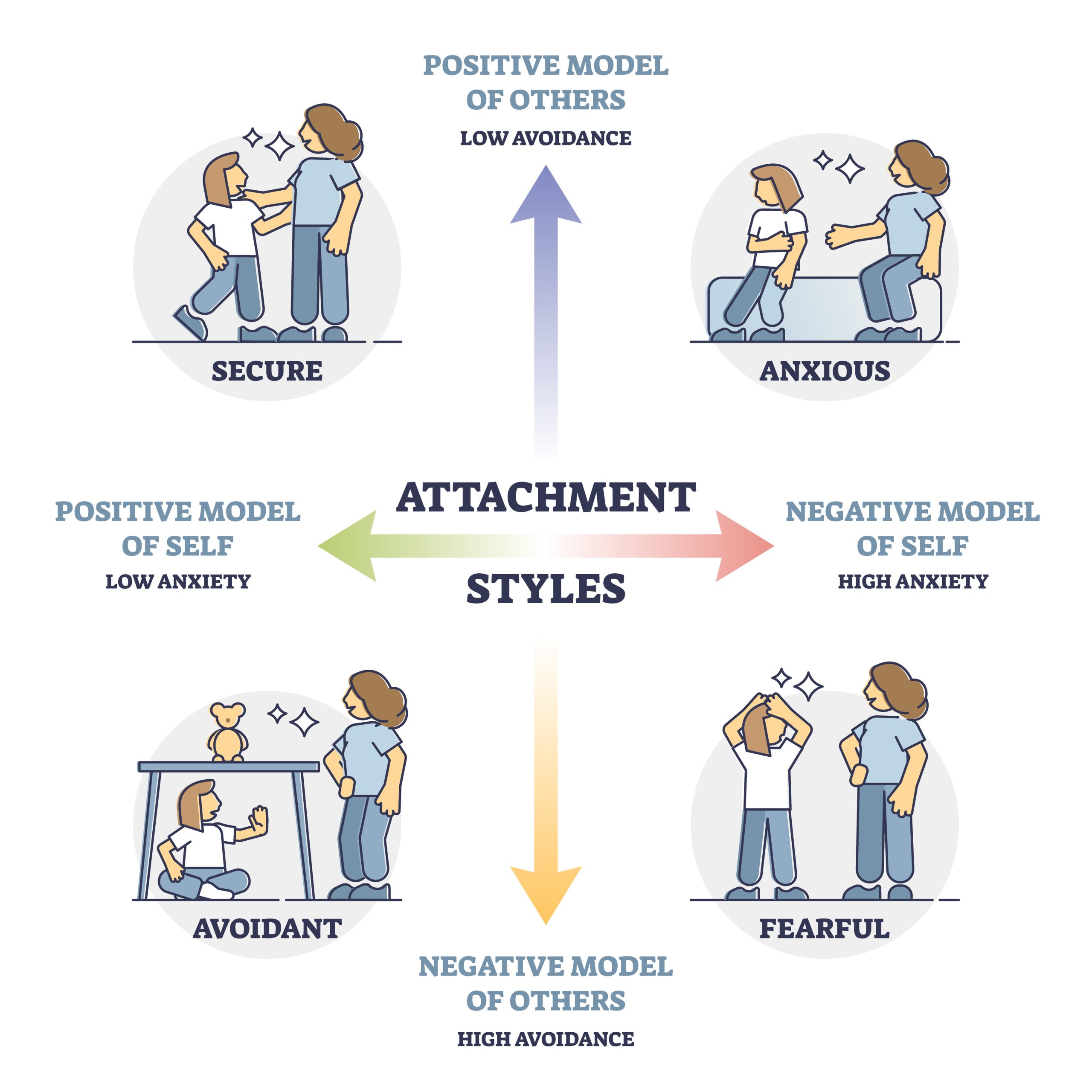
Attachment styles
What are attachment styles in schizophrenia? Attachment styles are used to describe patterns of attachment in relationships. Adults with a secure attachment style tend to have good self-esteem, they share their feelings with partners and friends, and have trusting, lasting relationships. Insecure attachment styles include anxious attachment style (also known as ambivalent or preoccupied), which involves reluctance to become close to others, worry about the security of relationships, a reduced sense of autonomy, and increased dependence on others. Avoidant attachment style is another insecure style. It involves problems with intimacy, over-regulation of emotions, and unwillingness to share thoughts and feelings….

Dermatoglyphics
What are dermatoglyphics? Dermatoglyphics, also referred to as epidermal ridges, are the distinct patterns and lines on the hands and fingers. These ridges appear on the hands between weeks 6 and 15 during foetal development, and remain largely unchanged after this period. Alterations in the patterns and counts of dermatoglyphics may be an indication of disruption to foetal development in the early- to mid-gestation period. A triradius occurs where three ridge systems meet at a point, and occurs four times on the palm, at the base of each of the four digits (a, b, c, and d). Dermatoglyphic indices include:…

Disorganised symptoms
What are disorganised symptoms in people with schizophrenia? Key features of the symptoms of disorganisation include disorganised speech and behaviour, as well as inappropriate affect. Severely disorganised speech is difficult to follow, being incoherent, irrelevant and/or illogical. These symptoms are sometimes referred to as positive formal thought disorder. Disorganised speech may also be deprived of content, which is sometimes referred to as negative formal thought disorder symptoms. Disorganised behaviour includes bizarre or inappropriate behaviour, actions or gestures. Inappropriate (incongruous) affect involves exhibiting incorrect emotional responses for a given context. Symptoms of disorganisation have been identified as risk factors for poor…
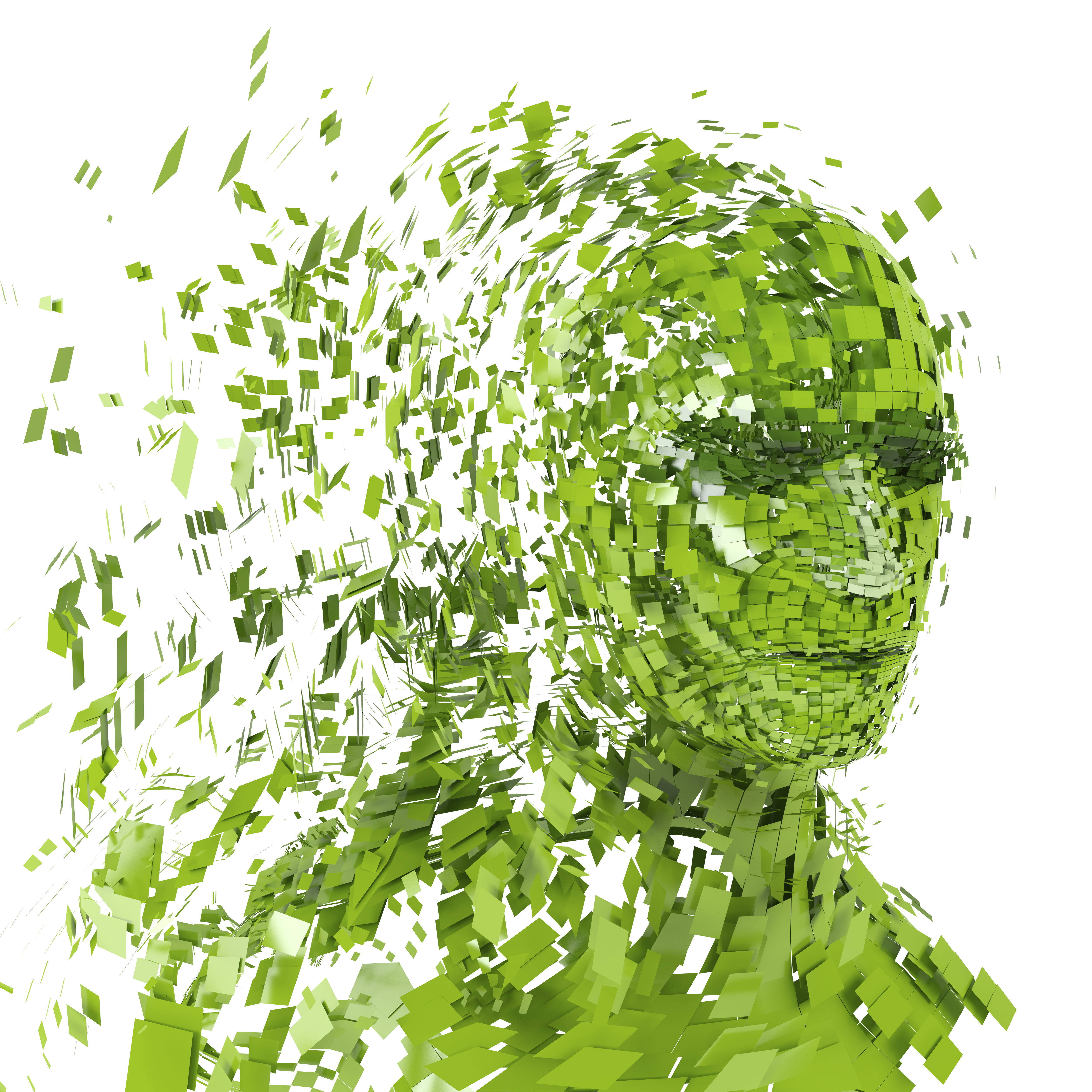
Dissociation
What is dissociation in people with schizophrenia? Dissociation is described as disruption or discontinuity in the normal integration of consciousness, memory, identity, emotion, perception, body representation, motor control, or behaviour. Common dissociative experiences include mild forms of absorption, such as daydreaming. Less common and more severe dissociative experiences include amnesia, derealisation, depersonalisation, and fragmentation of identity. Dissociative features may play a role in the pathology of schizophrenia. What is the evidence for dissociation? Moderate to high quality evidence found more dissociation in people with schizophrenia than controls without schizophrenia. In those with schizophrenia, there was a medium-sized association between exposure…

Early detection
What is early detection of psychosis? Early detection refers to the correct identification of individuals who are at high risk of developing schizophrenia, with an emphasis on the development of frank psychosis. Generally, there are two approaches that dictate the characteristics used as markers for detection. The first is the ultra-high risk approach which focuses on a triad of at-risk mental states defined as having a family history of psychosis plus non-specific symptoms and recent decline in functioning, recent onset of attenuated psychotic symptoms with decline in functioning, and brief, intermittent and limited psychotic symptoms. The other approach is based…

Functional laterality
What is functional laterality? Functional laterality refers to a natural asymmetry in left or right-side dominance, for example in terms of handedness, or brain function. Handedness refers to the preference for using one hand over the other for certain tasks. Right-handed people show increased dexterity in their right hand, left-handed people show increased ability the left hand. People may also be ‘mixed’ handed and show different hand preference for different tasks. Listening tasks can be used to assess language lateralisation. People with schizophrenia may show differences in handedness or footedness, as well as altered visual and auditory dominance that may…
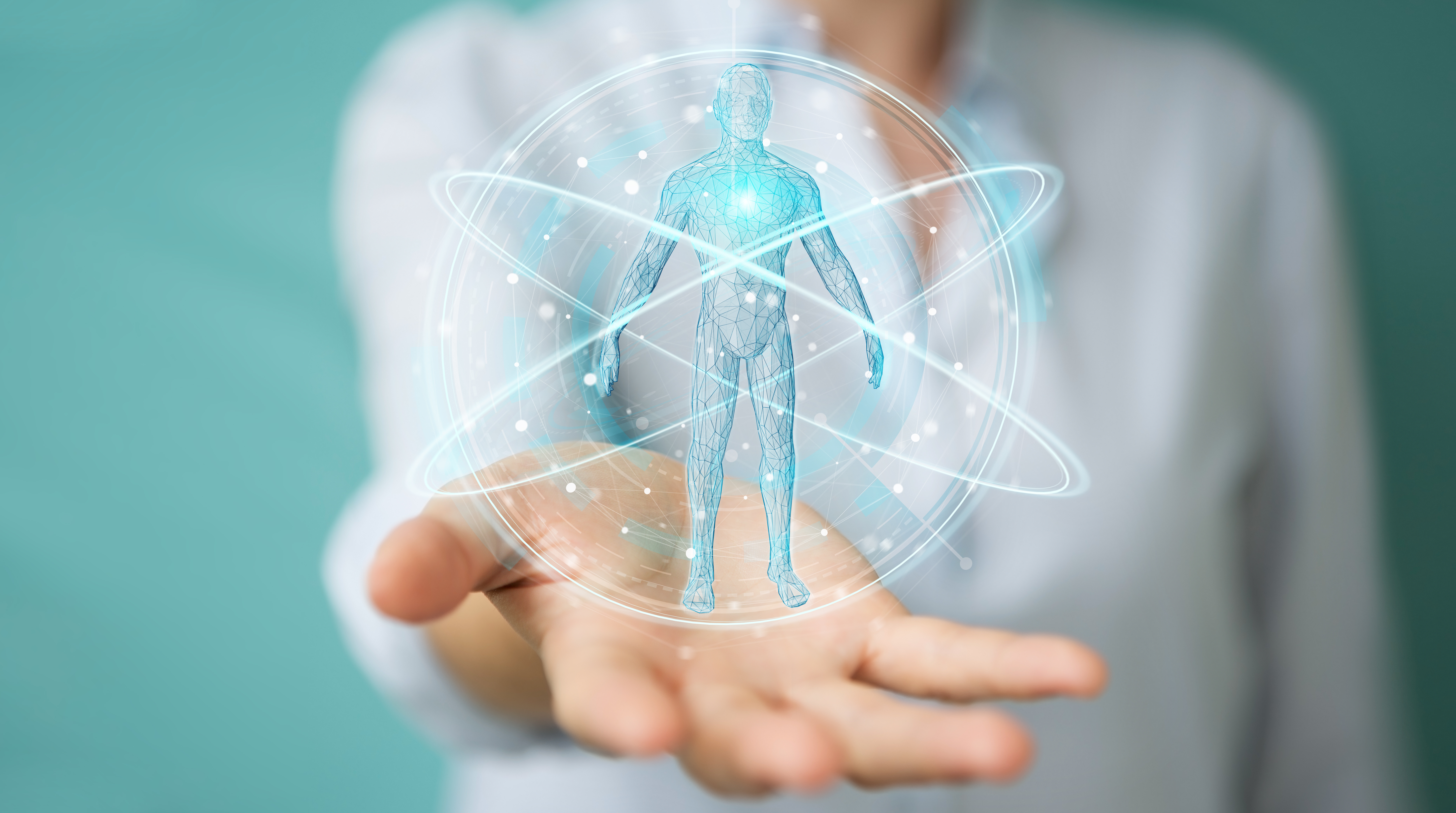
Minor physical anomalies
What are minor physical anomalies in schizophrenia? Minor physical anomalies (MPAs) are subtle anatomical deviations that have little functional or aesthetic impact. They may be traced to events occurring prenatally and may represent risk markers for underlying illness susceptibility. MPAs may be important risk indicators when an individual is already at high risk of developing psychosis, for example, having a first-degree relative with psychosis, and when multiple MPAs occur together in one individual. What is the evidence for minor physical anomalies in people with schizophrenia? Moderate to high quality evidence found a large increase in overall MPA scores in people…
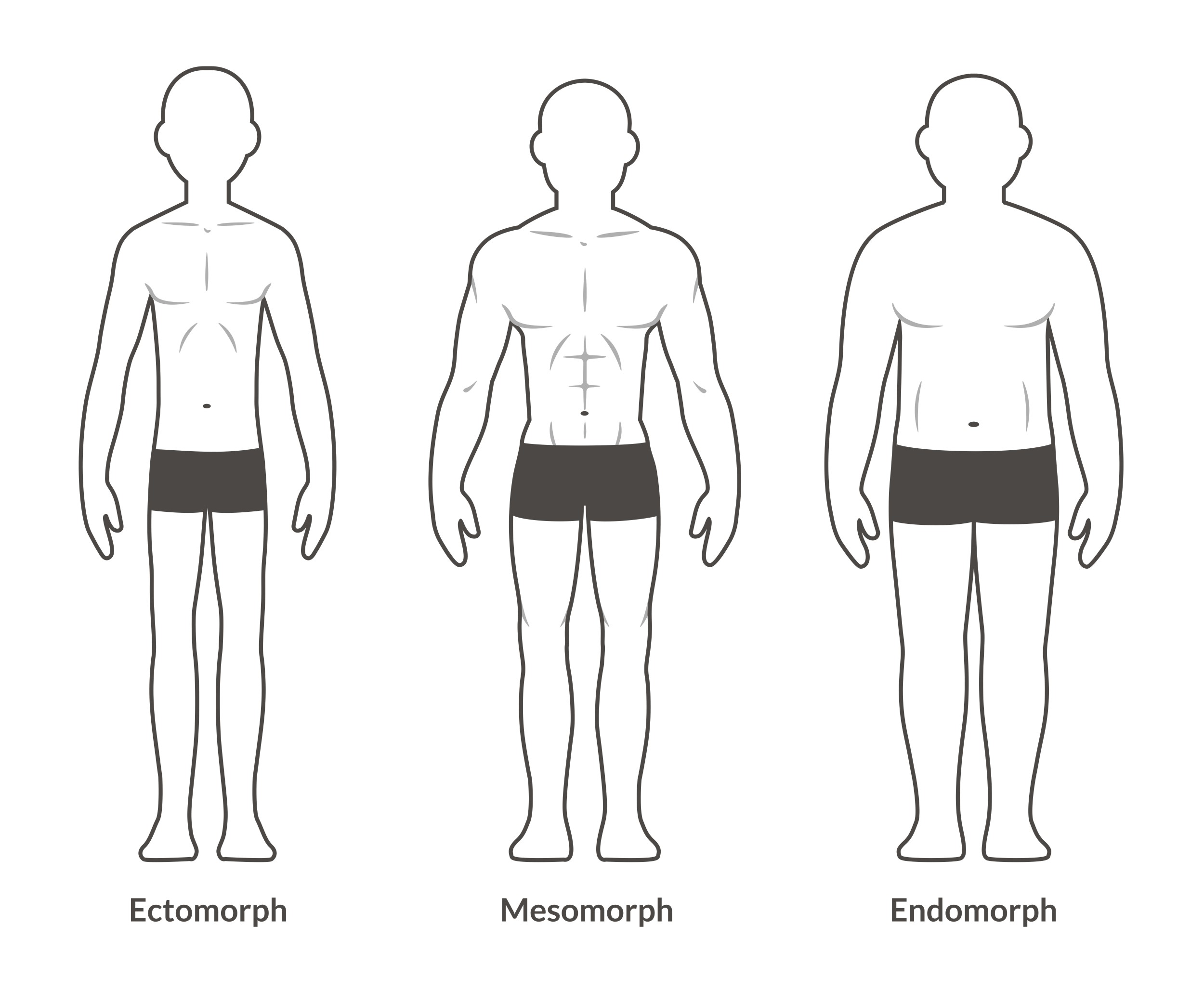
Morphometrics
What is morphometrics in schizophrenia? Morphometrics is the measurement of the variation in the structure or form of organisms. In the mid-1900s, William Herbert Sheldon introduced the notion that there were three components that determine the morphology of a human individual: mesomorphy (musculoskeletal robustness relative to height); endomorphy (relative fatness); and ectomorphy (relative erectness or slenderness). The study of body shapes and their prevalence in both physical and mental disorders may provide insight into the biology of, and risk for, schizophrenia. What is the evidence for morphometrics? High quality evidence shows people with schizophrenia are often slighter shorter in height…
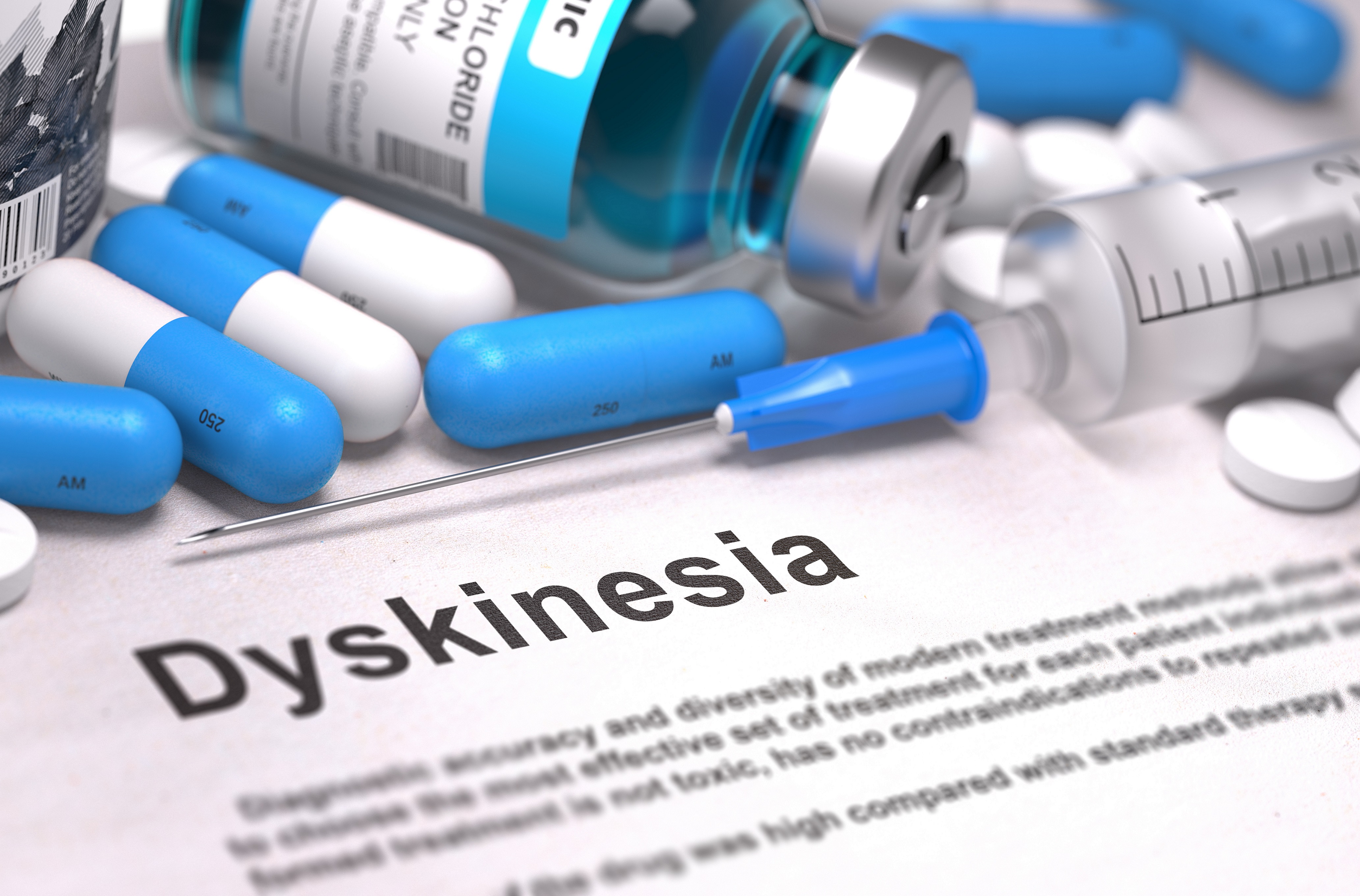
Movement disorders
What are movement disorders in schizophrenia? Catatonia was originally categorised as a subtype of schizophrenia, but it is found in people with other medical, neurological, and psychiatric disorders. Catatonia is characterised by repetitive non-goal-directed movements or goal-directed movements that are executed in an idiosyncratic way. Other forms of catatonia include immobility, mutism, staring, and rigidity. Tardive dyskinesia is a ‘hyper-kinetic’ (excessive movement) disorder, characterised by jerky, involuntary movements, usually of the face and/or limbs. Parkinsonism is another common movement disorder associated with schizophrenia and is a ‘hypo-kinetic’ (reduced movement) disorder, characterised by slowness of movement and rigidity. These movement disorders…

Negative symptoms
What are negative symptoms of schizophrenia? Negative symptoms of schizophrenia refer to an absence of normal functions. These include a scarcity of facial expressions of emotion, reduced frequency and range of gestures and voice modulation, restricted eye contact, poverty of speech (alogia), reduced social interaction, reduced motivation (avolition), poor hygiene, and reduced experience of pleasure (anhedonia) which is often manifested as scarcity of recreation, inability to experience closeness, and reduced interest in any sexual activity. Deficit schizophrenia is a subtype of schizophrenia with persisting negative symptoms that is described by specifically defined assessments used primarily in research. What is the…

Neurological soft signs
What are neurological soft signs in people with schizophrenia? Neurological soft signs (NSS) are neurological abnormalities that can be identified by clinical examination using valid and reliable testing measures. They are referred to as ‘soft’ because they not related to a specific brain area, or part of a defined syndrome. Categories of NSS are commonly grouped into three categories; integrative sensory functioning, motor coordination, and complex motor sequencing. Integrative sensory functioning includes impairments in sensory perception such as audio-visual integration or tactile recognition. Motor coordination involves general coordination, balance and gait. Complex motor sequencing involves complex motor tasks, such as…

Olfactory functioning
What is olfactory functioning in schizophrenia? The olfactory system is the sensory system used to interpret and perceive smell, which may be dysfunctional in people with schizophrenia. Olfactory functioning is hierarchical and involves lower-order processing (detection of the stimulus) and higher-order processing (discrimination and identification of the stimulus). Odour detection occurs at the lowest chemical concentration needed to register an odourant. Odour discrimination involves comparing the differences between multiple stimuli, judging odours as pleasant or unpleasant, or comparing the relative concentration of odours. Odour identification draws on a person’s knowledge and memory to correctly label the smell. What is the…
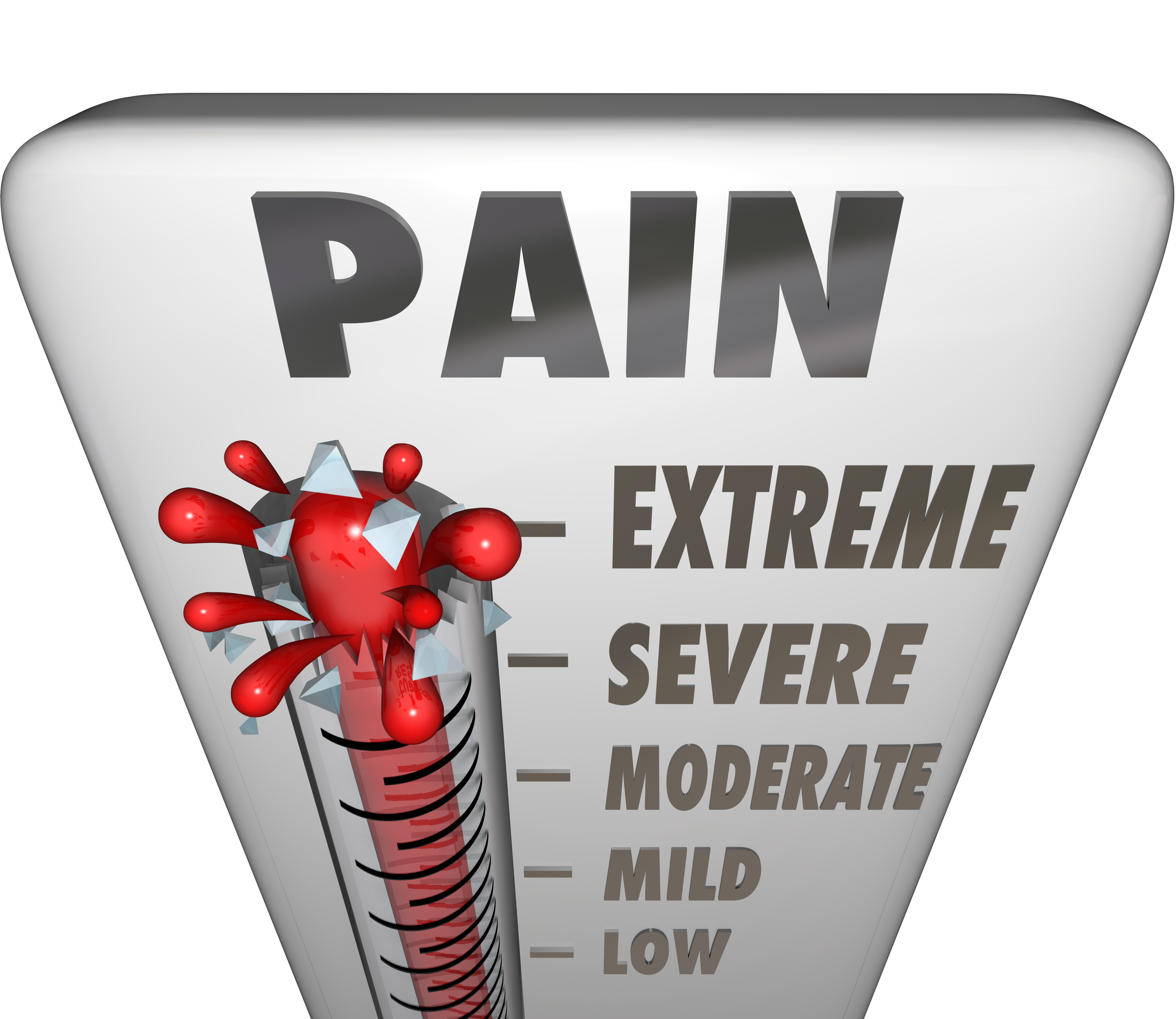
Pain sensitivity
What is pain sensitivity in schizophrenia? Pain is defined by the International Association for the Study of Pain (IASP) as “an unpleasant sensory and emotional experience associated with actual or potential tissue damage” and pain is perceived as both a sensory and emotional experience. There is an important distinction between the body’s responses to pain (nociception) and the subjective experience of pain. Measured outcomes of pain perception include pain reactivity, sensory threshold, pain threshold, and pain tolerance, as well as self-reporting of the pain experience. What is the evidence for pain sensitivity? Moderate to high quality evidence suggests schizophrenia is…

Personality and temperament
What is personality and temperament in schizophrenia? Personality and temperament are inter-related and are thought to be relatively stable over time. Temperament is a basic inherited style and refers to aspects like emotions, sensitivity, introversion, and extraversion, while personality refers to characteristics like behaviours, feelings, and thoughts. One of the main personality/temperament models is the Five-Factor Model which includes five traits of; 1) neuroticism: vulnerability to emotional instability and self-consciousness, 2) extraversion: predisposition towards sociability, assertiveness, and social interaction, 3) openness: cognitive disposition to new experiences, creativity, and aesthetics, 4) agreeableness: tendency towards being sympathetic, trusting, and altruistic, and 5)…
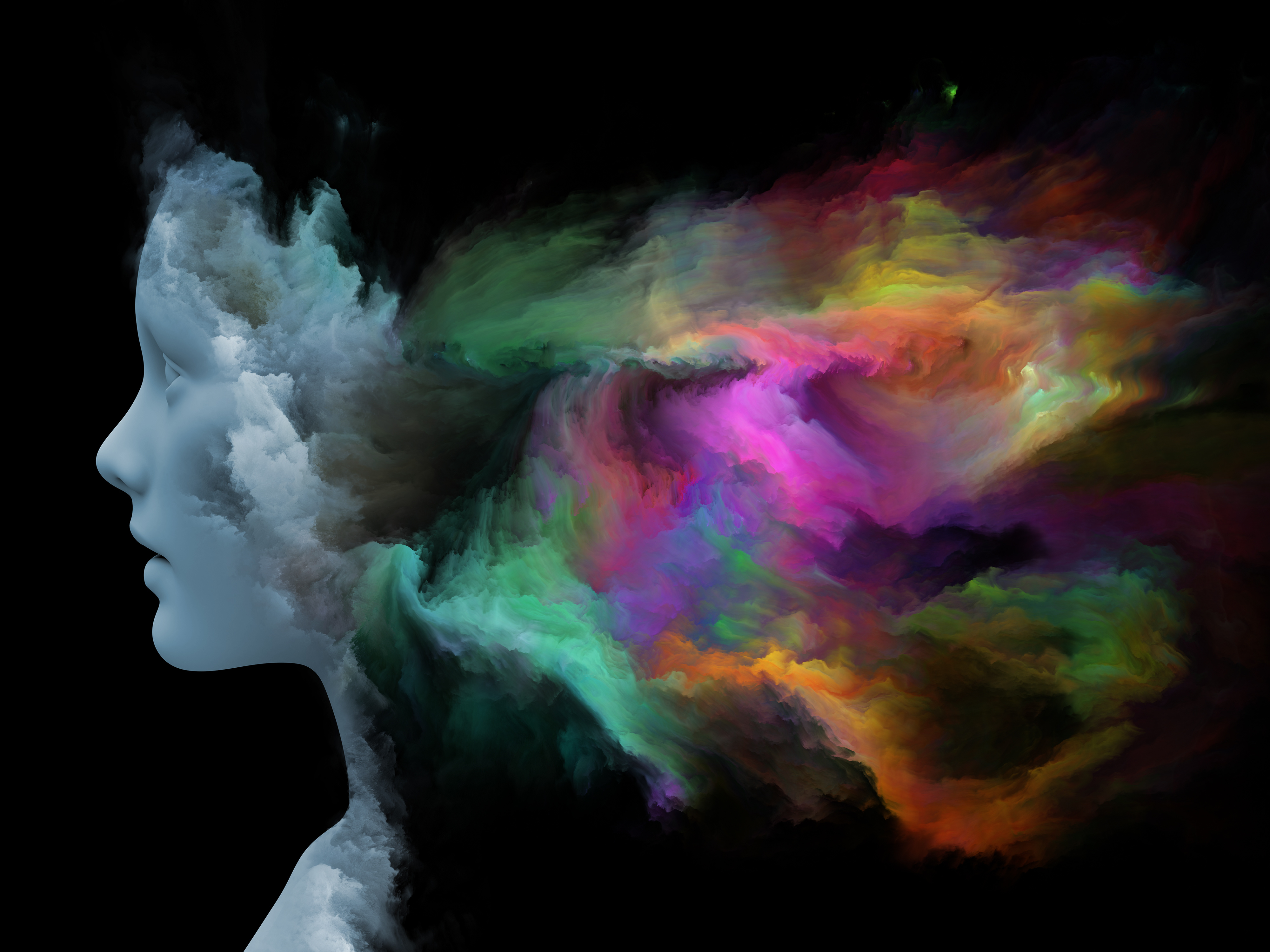
Positive symptoms
What are positive symptoms of schizophrenia? Positive symptoms are a well-documented feature of schizophrenia and are arguably the most recognisable and conspicuous symptoms. Positive symptoms include hallucinations and delusions. Hallucinations are defined as a perceptual experience that occurs in the absence of any external sensory input, and are most commonly auditory, but can occur in any modality. Delusions are distortions or exaggerations of inferential thinking, which lack any logical consistency, are not explained by cultural beliefs, and persist regardless of contradictory evidence. Persecutory delusions involve the belief that people are “out to get” the individual, resulting in a lack of…
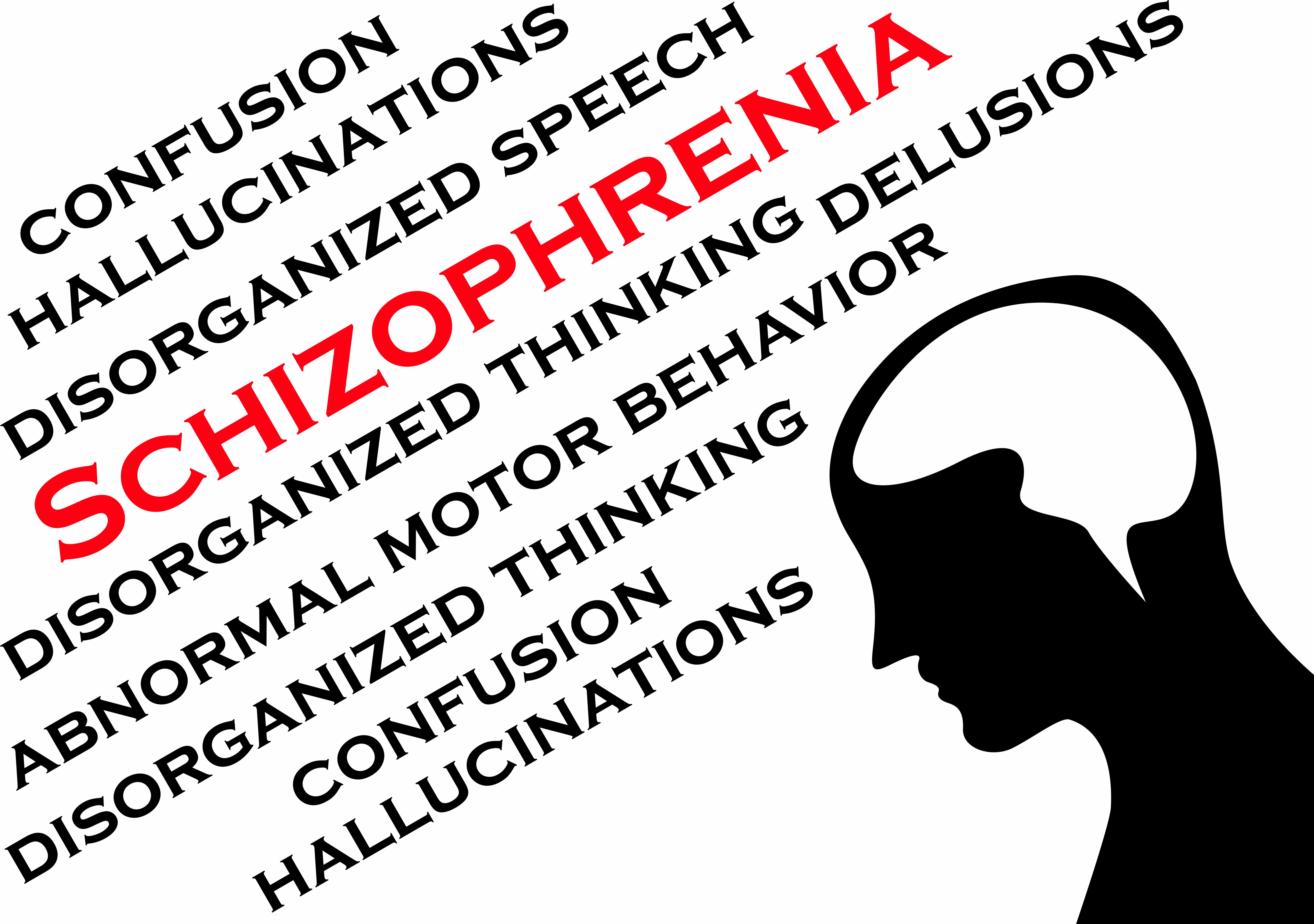
Psychotic relapse
What is psychotic relapse? Psychotic relapse is the reoccurrence of previously treated psychotic symptoms. Effective early recognition may offer the potential for early intervention to prevent relapse, such as medication adjustment, psychosocial treatments, social support and stress reduction. Early warning signs are subjective experiences, thoughts and behaviours that occur immediately prior to a psychotic relapse, which signal to the patient or their family that their condition is deteriorating. It is important that these early signs be identifiable by family members or carers, as patients may minimise or disguise these symptoms in order to appear healthy or to avoid hospital readmission….

Sleep disturbance
What is sleep disturbance in schizophrenia? Typically, sleep follows a characteristic pattern of four stages, where stage 1 is a state of drowsiness and early sleep, stage 2 comprises the largest component of the sleep cycle and is the first complete loss of awareness of the external environment, stage 3 is a deep slow-wave sleep, and the fourth stage is rapid eye movement (REM) sleep where muscle paralysis and memorable dreaming occurs. Sleep disturbances include changes in sleep time, sleep latency (the length of time it takes from full wakefulness to sleep) and sleep efficiency (the amount of time spent…
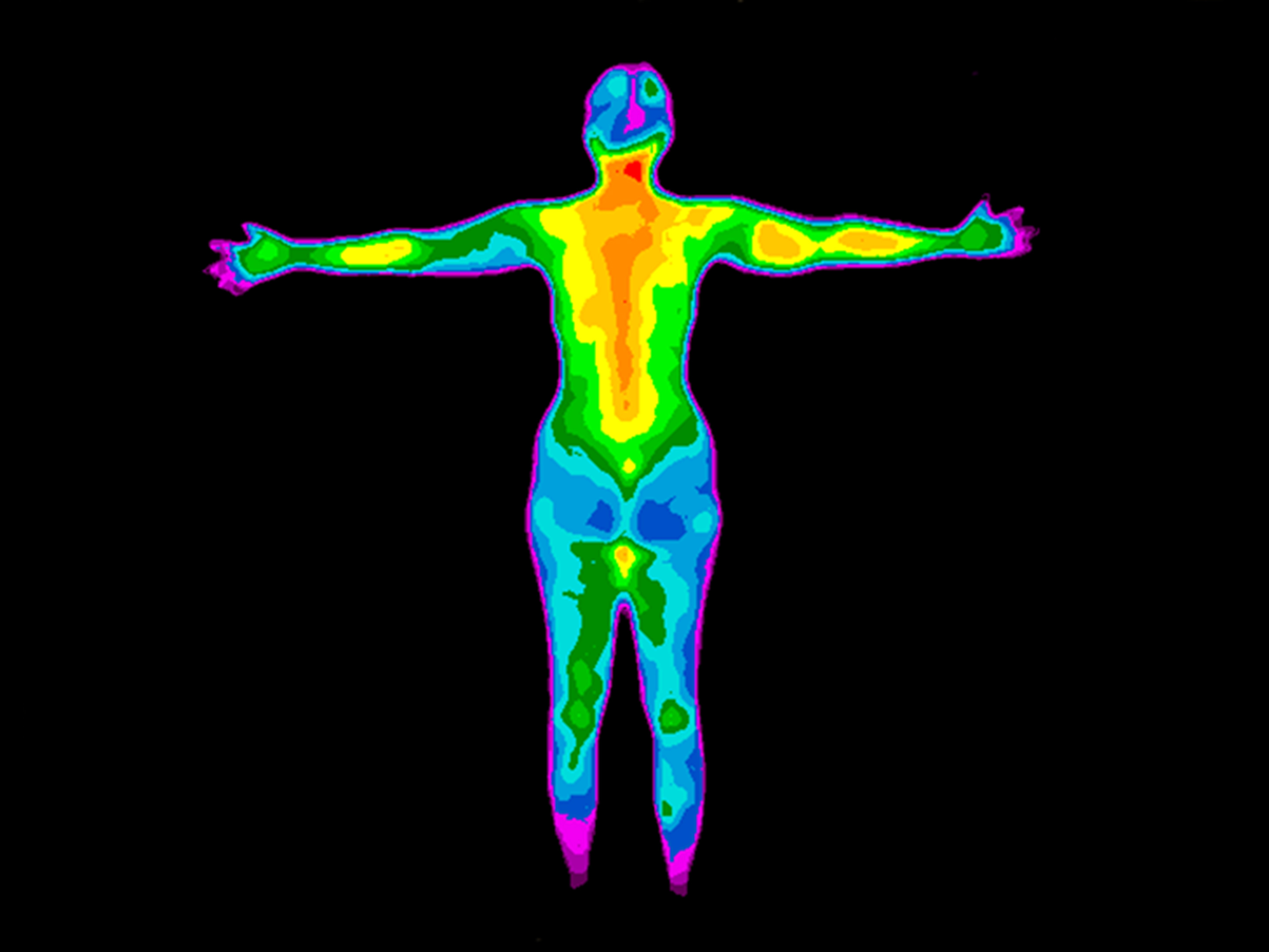
Temperature regulation
What is temperature regulation? Changes in the homeostatic regulation of body temperature can involve increased or decreased body temperature in a neutral environment (baseline temperature), altered response to a temperature stimulus (heat or cold stress), changes to the normal differences between morning and night-time body temperatures (diurnal and circadian variation), variations in the range of typical body temperature changes during the day, and changes to typical differences between core and peripheral body temperatures. What is the evidence for temperature regulation? In antipsychotic-free patients, moderate to low quality evidence suggests baseline temperature is reduced, there is less daily variation in temperature,…
Green - Topic summary is available.
Orange - Topic summary is being compiled.
Red - Topic summary has no current systematic review available.
